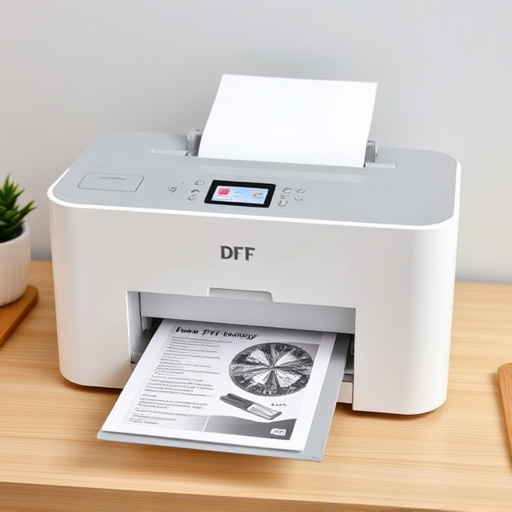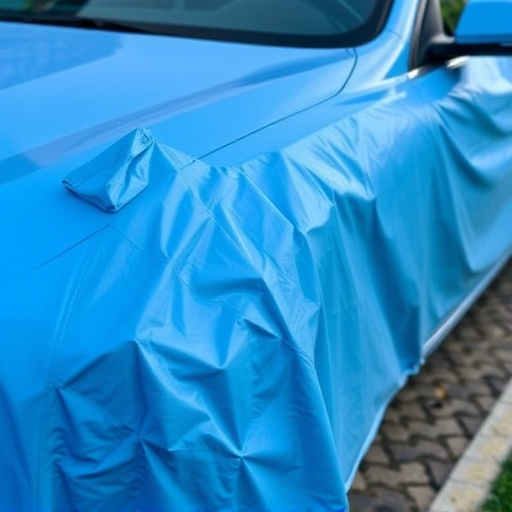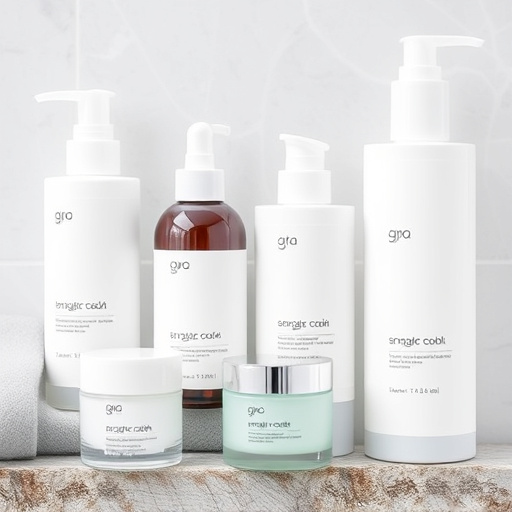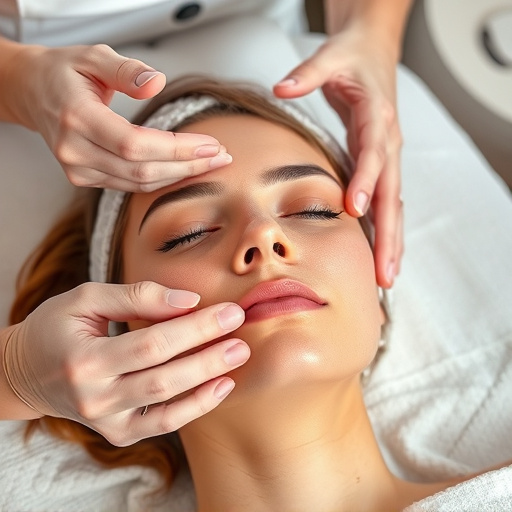Misidentifying skin type can lead to irritation during sebaceous filament removal procedures. Skincare professionals emphasize understanding your skin (normal, oily, dry, etc.) for safe and effective treatments. Thorough cleansing before extraction prevents irritation and improves results. Specialized tools and skilled estheticians ensure gentle, personalized sebaceous filament removal for long-term skin health.
“Uncovering the Pitfalls in Sebaceous Filament Removal: Common Mistakes and Solutions offers a comprehensive guide to perfecting this delicate process. Misidentifying skin types can lead to ineffective techniques, while inadequate cleansing pre-extraction leaves pores vulnerable. Using harsh tools on sensitive areas can cause irritation and damage. This article delves into these mistakes, providing insights for professionals and enthusiasts alike, ensuring effective and safe sebaceous filament removal practices.”
- Misidentifying Skin Type for Removal Techniques
- Inadequate Cleansing Before Filament Extraction
- Using Rough or Sharp Tools for Sensitive Areas
Misidentifying Skin Type for Removal Techniques

Misidentifying one’s skin type is a common pitfall when it comes to sebaceous filament removal techniques. Skincare professionals often emphasize the importance of understanding skin types—normal, oily, combination, dry, or sensitive—to tailor treatments effectively. Using the wrong technique on the wrong skin type can lead to irritation, redness, and even damage to the skin barrier. For instance, aggressive extraction methods suitable for oily skin may strip essential oils from dry skin, leaving it more prone to sensitivity and dryness.
This misstep is particularly relevant when considering popular procedures like body contouring or acne treatments, where incorrect techniques can exacerbate existing conditions. Anti-aging treatments, too, require precise tailoring; over-exfoliation or harsh chemical peels might accelerate aging by disrupting the skin’s natural balance. Therefore, seeking expert advice and conducting thorough research on one’s skin type before undergoing any sebaceous filament removal procedure is crucial for achieving optimal results without causing adverse effects.
Inadequate Cleansing Before Filament Extraction

Many individuals attempting sebaceous filament removal often make the mistake of skipping an initial cleansing step, which can significantly impact the effectiveness of their chosen technique. Before attempting to extract these filaments, it’s crucial to thoroughly cleanse the skin to remove excess oil, dirt, and makeup residue. Inadequate cleansing can leave behind impurities, making it harder for the extraction process to be successful and increasing the risk of further clogging pores.
This is especially important in the context of personalized skincare routines where customized facials or anti-aging treatments might be part of a comprehensive beauty regimen. Skipping this initial step may not only compromise the outcome of your sebaceous filament removal efforts but also potentially cause skin irritation, leading to longer recovery times and less desirable results.
Using Rough or Sharp Tools for Sensitive Areas

When it comes to sebaceous filament removal, many individuals make the mistake of employing rough or sharp tools in sensitive facial areas. This can cause significant discomfort and even damage to the skin, leading to post-procedure redness, irritation, or worse. The delicate nature of the skin around the nose, cheeks, and forehead demands a more gentle approach. Opting for specialized tools designed for precise sebaceous filament extraction is crucial to avoid these issues.
Customized facials and aesthetic treatments offer a more tailored solution, considering the unique sensitivity and characteristics of each client’s skin. Skilled estheticians can select the most effective yet soft techniques and products to ensure a safe and soothing experience during the sebaceous filament removal process, promoting healthier and more radiant skin in the long run.
When it comes to achieving smooth, clear skin through sebaceous filament removal, avoiding common pitfalls is key. Misidentifying skin type, neglecting proper cleansing, and employing harsh tools on sensitive areas can lead to irritation and damage. Remember, a thorough understanding of your skin’s unique characteristics and the use of gentle, suitable techniques are essential for effective and safe sebaceous filament removal. Prioritize these practices to achieve the best results and maintain healthy, radiant skin.














